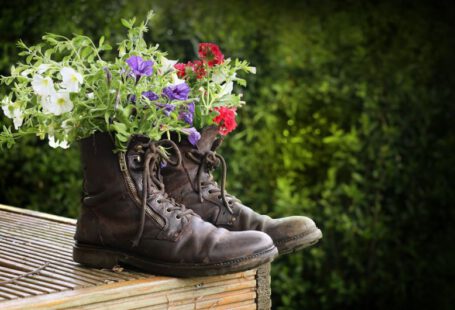Footwear holds a special place in human history, not just as a practical necessity but also as a symbol of status, identity, and even magical powers in various folklore and mythology around the world. From enchanted slippers to protective boots, shoes have been woven into the fabric of stories passed down through generations. Let’s delve into the intriguing world of footwear in folklore and mythology.
The Power of Magical Shoes
In many cultures, shoes are not just everyday items but objects of power and enchantment. One of the most famous examples is the story of Cinderella and her glass slipper. In this classic fairy tale, the glass slipper is a symbol of transformation and destiny. When Cinderella loses her slipper at the royal ball, it becomes a key element in identifying her as the mysterious maiden whom the prince seeks. The glass slipper, imbued with magic, ultimately leads to Cinderella’s happily ever after.
Similarly, in Norse mythology, the god Thor’s magical iron gloves and belt, which increase his strength, can be seen as a form of enchanted footwear. These items empower Thor in his battles against giants and monsters, highlighting the belief in the protective and transformative properties of special garments.
The Symbolism of Bare Feet
While magical shoes are prevalent in folklore, the absence of footwear can also hold significant symbolism. In various myths and legends, bare feet represent vulnerability, humility, or a connection to the earth. In Greek mythology, the god Hermes is often depicted wearing winged sandals, emphasizing his role as a messenger who travels swiftly between the mortal and divine realms. The contrast between his divine footwear and bare feet highlights his dual nature as a mediator between gods and humans.
In Hindu mythology, the god Vishnu is often portrayed as barefoot, symbolizing his grounding presence and connection to the earth. Vishnu’s bare feet are seen as a sign of his humility and accessibility to his devotees, underscoring the idea of divine presence in the everyday world.
Footwear as Status Symbols
In many cultures, footwear serves as a marker of social status and identity. In ancient China, for example, the type of shoes worn by individuals indicated their rank and position in society. Emperors and nobles would wear ornate silk shoes adorned with intricate designs, while commoners would wear simpler footwear made of cheaper materials.
Similarly, in Native American folklore, moccasins are not only practical footwear but also symbols of tribal identity and cultural heritage. The intricate beadwork and patterns on moccasins often convey stories and traditions passed down through generations, highlighting the role of footwear in preserving cultural heritage.
The Journey of the Hero’s Boots
In many hero’s journeys and epic tales, footwear plays a crucial role in the protagonist’s quest for self-discovery and adventure. In the famous story of “The Wizard of Oz,” Dorothy’s ruby slippers are not just fashionable footwear but also the key to her journey back home. By following the yellow brick road in her magical shoes, Dorothy embarks on a transformative adventure that leads her to discover the power of courage, friendship, and self-reliance.
Similarly, in the ancient Greek epic “The Odyssey,” Odysseus’s journey back home is fraught with challenges and obstacles. His resilience and cleverness are reflected in his ability to outwit adversaries and overcome adversity, often with the help of his trusty boots. Odysseus’s worn-out boots symbolize his endurance and resourcefulness as he navigates treacherous seas and mythical lands in his quest to reunite with his family.
Embracing the Magic of Footwear
Footwear in folklore and mythology transcends its practical purpose to become a powerful symbol of transformation, identity, and adventure. From enchanted slippers to protective boots, shoes have woven themselves into the rich tapestry of human storytelling, offering insights into the cultural beliefs and values of different societies. By exploring the significance of footwear in myths and legends, we can gain a deeper appreciation for the magical world that lies at our feet.





